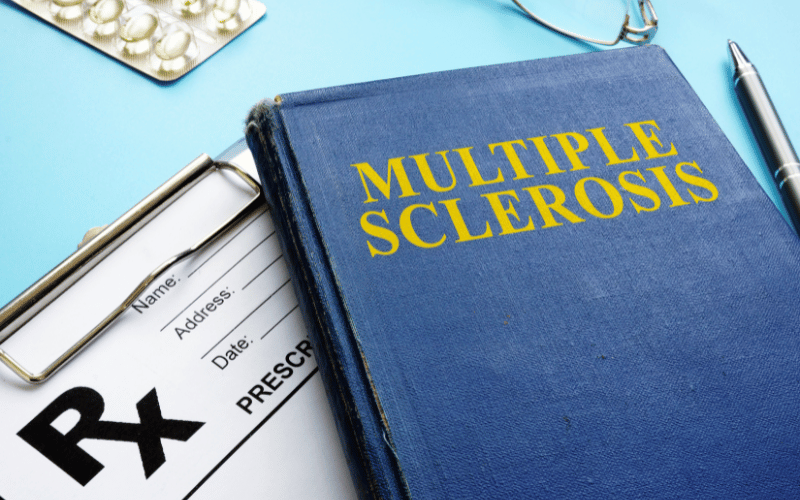Fact 3: The Many Faces of MS

When it comes to multiple sclerosis, one size does not fit all. The disease has a chameleon-like quality, presenting itself in four distinct types that each carry unique patterns of disease progression and symptom manifestation.
The first, Relapsing-Remitting MS (RRMS), is characterized by periods of flare-ups (relapses), followed by periods of recovery (remission). It is the most common form, affecting about 85% of MS patients at diagnosis. In RRMS, the symptoms appear and escalate quickly during a relapse but improve significantly or disappear completely during remission.
In contrast, Primary Progressive MS (PPMS) is characterized by a steady worsening of neurological functioning, with no distinct relapses or remissions. This form of MS is less common, affecting about 10-15% of people with MS.
Some individuals initially diagnosed with RRMS may see their condition evolve into Secondary Progressive MS (SPMS). In SPMS, symptoms steadily worsen over time, with or without the occurrence of relapses and remissions.
Lastly, Progressive-Relapsing MS (PRMS), the rarest form, involves a steady disease progression from the beginning, punctuated by clear, acute relapses with or without recovery. There are no periods of remission in PRMS. (3)